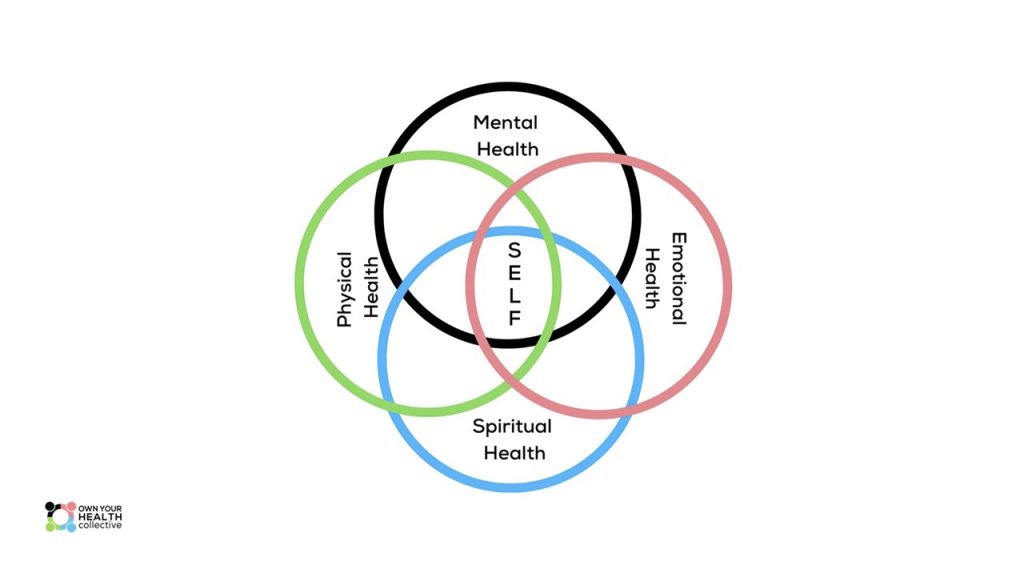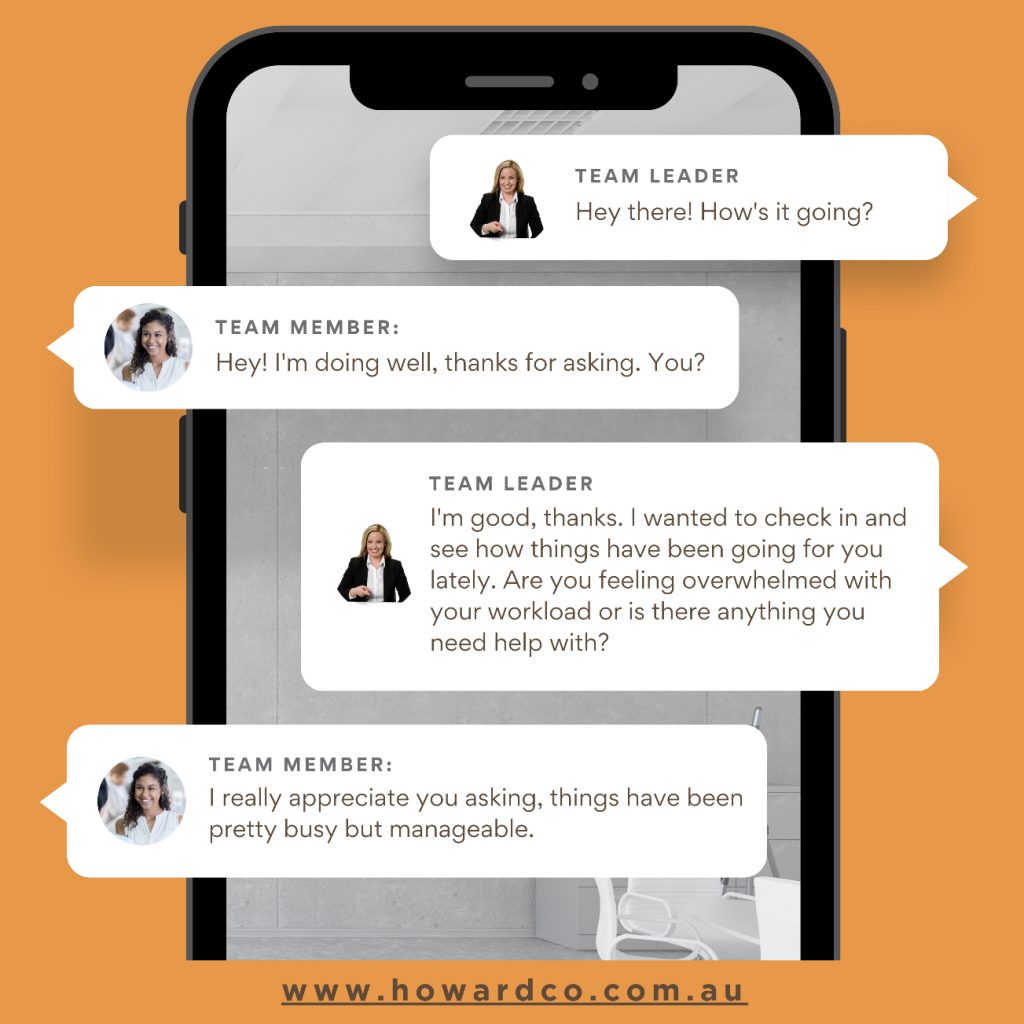The Healthy Executive: Setting the Standard for Health & Well-Being in your Business
“Stop caring so much!” Who would have thought these four words would have had such a profound effect on my wellbeing. Let me tell you a story about a time when I worked for a firm that I really loved.
I was a member of a team who was passionate about our client-focused purpose. Our dedication to providing the best service possible made us feel invested and committed to our work.
However, our dream was cut short when the company was taken over by another organisation with a vastly different culture. The change was so drastic that it caused a major rift, leading to the departure of many good employees. Yet, I chose to stay, hoping that I could adapt to the new culture.
But, as time went on, I realised that the change threatened my well-being. I no longer felt connected to the purpose of the company, and it affected my motivation and enjoyment of work. I knew I needed to do something to address this, so I sought help and reached out to people from the Employee Assistance Program (EAP), hoping to find a lifeline to pull me out of the void. It was a tough decision, but I knew I had to take this brave step. The psychologist I met with listened and then said something that hit home. “Do you think you might care too much? ” he said.
What!? How could caring not be a good thing?
At first, I was taken aback. But as we talked more, I began to understand what he meant. I was still deeply connected to my previous organisation’s culture, and it was stopping me from accepting change. It was time for me to let go of the past and start caring more about my well-being in the present.
The psychologist’s recommendation was unconventional, yet intriguing. “Do something different,” he advised. “Start simple and small”. He noticed I wore a tie to work and asked what would happen if I didn’t wear one the next day. Go to work without a tie? What would people think? Would they even notice? But I was urged to try it, just for a day, and see how it made me feel. I was hesitant, but I took the leap of faith.
The next day, I walked into work without a tie, feeling a sense of freedom yet somewhat exposed, but then something surprising happened. I felt a remarkable clarity about what I needed to do next. I was able to speak openly with people about my situation and we connected on a deeper level.
That very simple change in my attire was a turning point for me. Speaking of which, during my interview with Natalie Moore and Lisa Saunders, the brilliant minds behind Own Your Health Collective, a company devoted to transforming health and well-being, I learned a valuable lesson: simplicity is key. Don’t overthink and complicate things unnecessarily.
So, if you’re feeling lost or stuck in a situation that is affecting your well-being, I urge you to take a step back and ask yourself: “Am I caring too much?” Sometimes, we need to let go of the past and embrace the present. And sometimes, all it takes is a small change to make a big difference. So, don’t be afraid to try something new, be bold and start caring more about yourself and your well-being. The difference will be noticeable not just for you but for those around you.
If you resonated with my story, I encourage you to dive deeper into this newsletter and learn more about taking care of your well-being from Own Your Health Collective experts.
Don’t have much time? Click here to access a 2-minute video snippet of the interview.
MYTHS ABOUT WELLBEING: WHAT IT IS AND WHAT IT’S NOT
It’s no secret that more and more people are recognising the importance of well-being at work. From fitness enthusiasts to meditation practitioners, there is a growing interest in taking care of our physical and mental health. However, with so many different approaches and messages out there, it’s easy to get overwhelmed and lose sight of what matters.
In my latest interview with Natalie Moore and Lisa Saunders, founders of Own Your Health Collective, they discussed some common misconceptions surrounding workplace well-being, involving:
- Well-being is not just a tick-and-a-flick exercise, rather it represents a real change that requires a cultural and behavioural shift.
- Supporting employees too much will make them leave, but research shows that this support can have a positive impact on retention and encourage them to recommend your business to others.
- Well-being is only about physical health, when in fact, it encompasses mental, emotional, and spiritual pillars that all come together to impact performance and well-being in the workplace.

Presented above is the 5-pillar diagram created by Natalie Moore and Lisa Saunders from Own Your Health Collective. This diagram serves as a comprehensive framework for understanding the inter-related nature of well-being. It highlights the five dimensions that contribute to the overall health and performance of both SME leaders and employees: physical, emotional, mental, and spiritual.
Neglecting any one of these pillars can negatively impact others, highlighting the importance of taking a holistic approach to well-being. The diagram places ‘self ‘at the centre, accepting that each individual will have a unique perspective based on their current situation.
It’s refreshing to hear the perspective of Own Your Health Collective’s founders. According to them, well-being can be defined as the ability to function and feel good. It’s a simple yet practical definition that reminds us to focus on what we need to perform well at work and home.
THE IMPORTANCE OF MANAGING WELL-BEING FOR BOTH SME LEADERS AND EMPLOYEES
Managing well-being is crucial for both SME leaders and employees. Here are some statistics that highlight the benefits of implementing a comprehensive well-being program in the workplace:
- According to a report commissioned by Rentokil Initial and conducted by Frost & Sullivan (a global market research firm), the cost of workplace absenteeism in Australia was expected to be $24.2 billion by the end of 2022.
- Work-related stress is the second most common compensated illness or injury in Australia (Better Health Channel). Investing in a comprehensive well-being program can help combat this issue and has been shown to result in a $6 return on investment for every $1 spent (Deloitte).
- Prioritising workplace well-being can improve productivity and creativity (PandoLogic). For example, Mojang Studios, the creator of Minecraft, prioritised employee health and mental well-being even during high demand for their gaming programs. By splitting its latest update into two parts, the studio maintained a positive employee experience while also receiving rave reviews from customers. (Forbes)
By emphasising your own well-being, you can improve your decision-making, boost your resilience, and establish a favourable work environment that motivates your employees to give importance to their own health. Allocating resources towards a comprehensive well-being program can also aid you in attracting and retaining high-quality talent, as job seekers are now preferring employers who appreciate and give importance to their employees’ well-being. By making well-being a priority for yourself and your employees, you can cultivate a workplace culture that supports good health, engagement, and enhanced productivity for your business.
HOW TO ASSESS THE WELL-BEING OF YOUR TEAM
How do you know if your team is thriving or struggling? Well, regular well-being check-ins can help you answer this question and make informed decisions about how to improve the well-being of your team.
Here are some examples of the different methods that SME leaders are using:
- Surveys: Use forms to gather employee feedback on workload, work-life balance, job satisfaction, and mental health.
- One-on-one meetings: Schedule regular meetings with your people to discuss their well-being and address any issues they may be facing.
- Team discussions: Hold regular group discussions or check-ins to go over any issues affecting the team’s well-being. This can also be an avenue for members to support and encourage each other.
- Anonymous feedback channels: Create suggestion boxes or online platforms to encourage open feedback without fear of retribution or negative consequences.
- Performance reviews: Incorporate well-being and work-life balance questions into performance reviews to ensure consideration of employees’ well-being.
- Walkarounds and informal check-ins: Best practice managers understand the importance of keeping in touch with the mood and environment of their teams. Whether in the office or remotely, teams use various communication methods, such as walkarounds, phone calls, or team meetings, to stay connected.

START WITH A NEEDS ANALYSIS
Lisa and Natalie point out the importance of conducting a needs analysis as a starting point for introducing workplace well-being into a small to medium business. This method will help business owners and leaders to understand their employees’ needs, desires, and areas that need improvement. By gathering feedback and input from the team members, SME leaders can develop targeted and effective programs and workshops that place well-being at the core.
Are you interested in learning more about conducting a needs analysis for your team’s well-being? Lisa and Natalie from Own Your Health Collective are great resources. Apart from that, they also specialise in menopause, women’s health, and healthy ageing. So, if you want to know more, head over to their website at www.ownyourhealthco.com.au or drop them an email at info@ownyourhealthco.com.au. They’re always happy to chat and help you create a healthier, happier workplace for your team!
If you’ve reached this far, I would like to thank you for joining us on this journey towards better health and well-being! I hope that you have found valuable insights and tips on how to prioritise your well-being in the workplace.
Remember, taking care of yourself is not selfish; it’s necessary for you to perform at your best and contribute to the success of your company. I encourage you to take small steps towards better health and well-being every day and to embrace a holistic approach that encompasses physical, emotional, mental, and spiritual pillars.
Ready to be an employer of choice? Speak to Howardco experts and explore how we can help you develop a comprehensive people management strategy that incorporates contemporary well-being practices. Click here to learn more about our People Management services, and stay tuned for more insights and updates from us in the future.


















